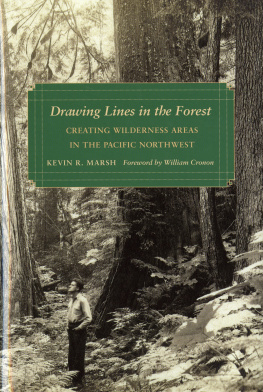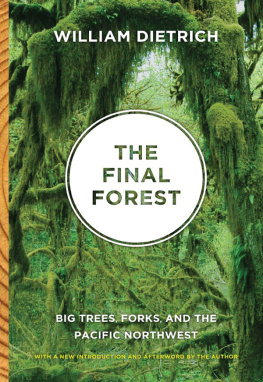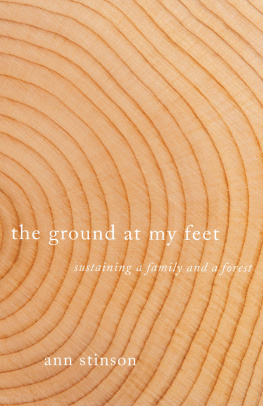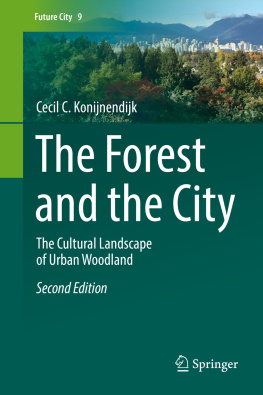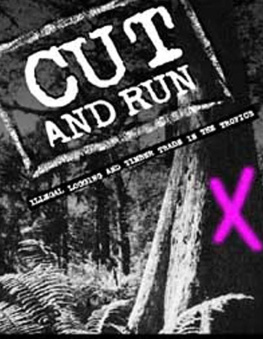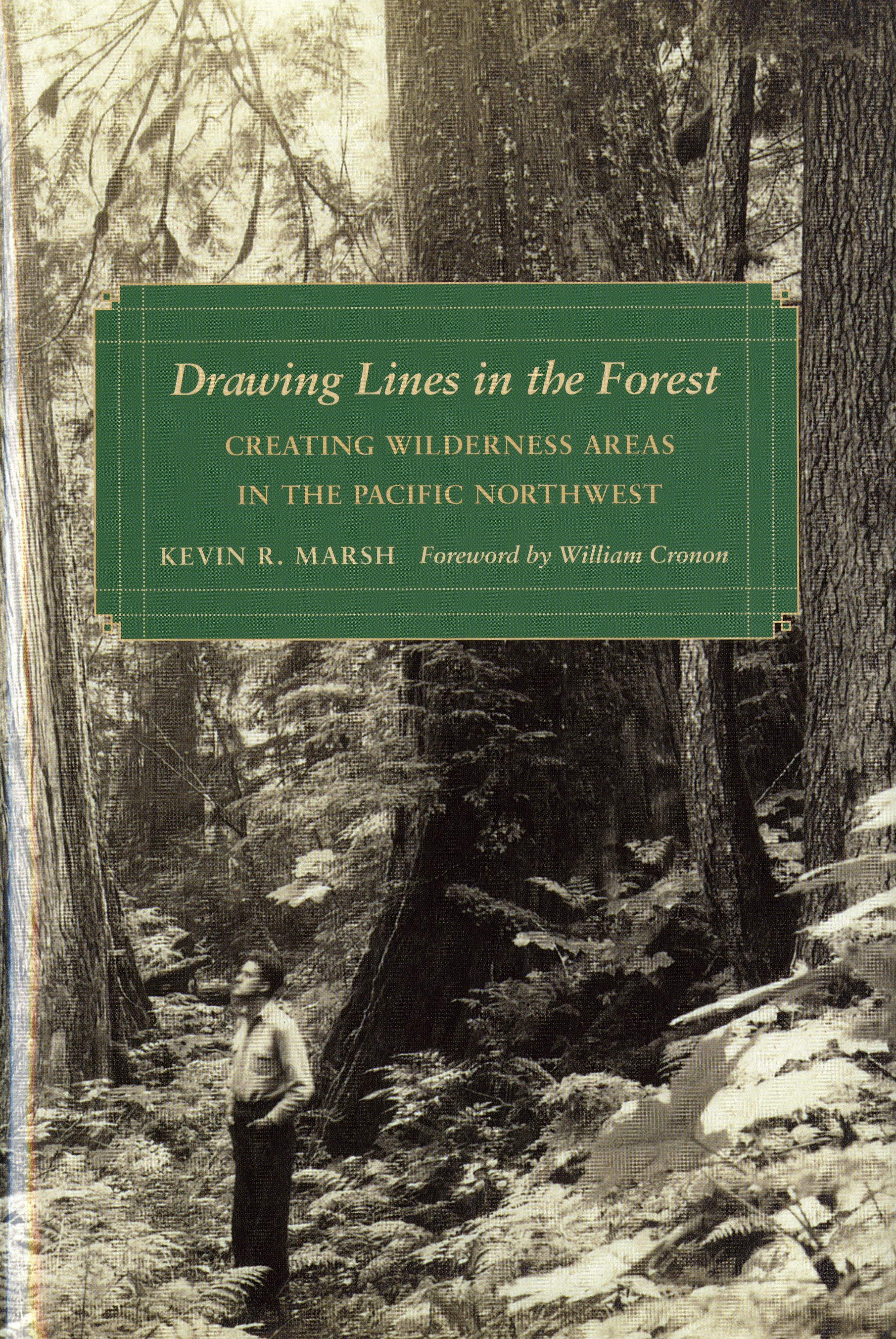Weyerhaeuser Environmental Books explore human relationships with natural environments in all their variety and complexity. They seek to cast new light on the ways that natural systems affect human communities, the ways that people affect the environments of which they are a part, and the ways that different cultural conceptions of nature profoundly shape our sense of the world around us. A complete listing of the books in the series appears at the end of this book.
Drawing Lines in the Forest
CREATING WILDERNESS AREAS
IN THE PACIFIC NORTHWEST
Kevin R. Marsh
FOREWORD BY WILLIAM CRONON
UNIVERSITY OF WASHINGTON PRESS
Seattle and London
Drawing Lines in the Forest: Creating Wilderness Areas in the Pacific Northwest is published with the assistance of a grant from the Weyerhaeuser Environmental Books Endowment, established by the Weyerhaeuser Company Foundation, members of the Weyerhaeuser family, and Janet and Jack Creighton.
Copyright 2007 by the University of Washington Press
Printed in United States of America
Designed by Pamela Canell
12 11 10 09 08 07 5 4 3 2 1
All rights reserved. No part of this publication may be reproduced or transmitted in any form or by any means, electronic or mechanical, including photocopy, recording, or any information storage or retrieval system, without permission in writing from the publisher.
University of Washington Press
PO Box 50096, Seattle, WA 98145
www.washington.edu/uwpress
Library of Congress Cataloging-in-Publication Data can be found at the back of this book.
The paper used in this publication is acid-free and 90 percent recycled from at least 50 percent post-consumer waste. It meets the minimum requirements of American National Standard for Information SciencesPermanence of Paper for Printed Library Materials, ANSI Z39.481984.

FOREWORD
God and the Devil Are in the Details
BY WILLIAM CRONON
In the growing literature of American environmental history, few subjects have generated livelier debate or richer scholarship than the origins and evolution of wilderness in the United States. Starting in 1967 with Roderick Nash's classic Wilderness and the American Mind, historians have traced the myriad roles that wilderness and the landscapes to which this word has been attached have played in our national experience. We have had cultural and intellectual histories of why wilderness became so influential as a way Americans understood the special qualities of their national landscape. We have had political and legal histories of the policies, regulations, and laws that eventually culminated with the passage of the 1964 Wilderness Act. We have had biographies of writers, artists, activists, and politicians who were pivotal in shaping American ideas of wilderness. And we have had social histories of the ways different human groups used and related to wilderness landscapes in quite different ways, sometimes provoking conflicts that even led to bloodshed. Indeed, some of the most important volumes in this seriesPaul Sutter's Driven Wild, Mark Harvey's Wilderness Forever, David Louter's Windshield Wilderness, and Thomas Dunlap's Faith in Natureall make strikingly original contributions to the history of wilderness in the United States.
And yet despite this outpouring of historical writing, which might tempt one to imagine that there could be little new to discover about this subject, it is fair to say that no scholar has yet produced a study quite like Kevin R. Marsh's Drawing Lines in the Forest: Creating Wilderness Areas in the Pacific Northwest. At first glance, the book's approach might not seem very appealing: a closely argued local analysis of technical disputes about the boundaries of key wilderness areas in the Pacific Northwest from the 1950s through the 1980s. Since many readers in other parts of the country may never even have heard of some of the contested landscapes that are the focus of this book, it would be easy to conclude that its arguments are only of local interest, and that only scholarly specialists or nearby residents are likely to have the time or the inclination to work their way through what may seem likely to be a rather uninviting read for anyone else.
Such a reaction, however, would be both unfortunate and deeply misguided. In fact, Drawing Lines in the Forest offers insights that are relevant to all regions of the United States, and that arguably change the way we should think not just about wilderness, but about the much larger project of American land conservation in general. The seemingly simple but quite profound truth that makes Kevin Marsh's book so special is his recognition that all land conservation is inherently local. No matter how broad or abstract our ideas of land or wilderness might be, no matter how large or powerful the government agencies that oversee such places, no matter how far-reaching the economic forces or political pressures that influence the creation of a given wilderness area, in the end it all comes down to drawing very particular boundaries on very particular maps representing very particular lands relating to very particular communities and constituencies. There is nothing abstract about it, which means that if we really wish to understand the history of wilderness designation in the United States, we must finally study the subject at the local level.
When we declare that there are now more than 100 million acres of land in the American wilderness systeman area larger than the state of Californiawe convey both the scale of legally designated wilderness in the United States and the depth of our national commitment to protecting it. But there is nonetheless something disturbingly disembodied and lifeless about the phrase 100 million acres, because eachof those acres exists at a very precise location, and each possesses its own peculiar attributesgeological, climatological, ecological, cultural, historicalthat shaped the story of how it came to be designated as wilderness. Laws protecting wilderness areas are not passed in the abstract. They are the products of intricate negotiations among diverse parties with very divergent views about whether a given acre of land should or should not fall within the legal boundaries of wilderness. Government agencies like the Forest Service or the Bureau of Land Management have quite different institutional traditions concerning the degree of oversight and control they prefer to exercise over the lands they manage, and different parts of those agenciesand different employees within those different partsby no means all think alike about where a proposed wilderness boundary might best be drawn. Ranchers and loggers and miners (to say nothing of ski resort developers and, in recent years, snowmobilers and off-road vehicle users) may all be inclined to think certain lands they care about should not be protected as wildernessbut they rarely hold this view about precisely the same acres. Even wilderness advocates are far from uniform in the priorities they assign to a given acre of land: a rock climber, for instance, may value very different qualities and experiences than a bird watcher or a whitewater canoeist or a professional ecologist.
The creation of wilderness, in other words, is a deeply political process involving myriad negotiations and compromises among a host of competing interests. Drawing a boundary on a map is hardly a simple act. Among the many virtues of this book is its ability to demonstrate just how subtle and complicatedand quite fascinatingthe process of boundary drawing can be. But because Kevin Marsh uses the local history of wilderness designation in the Pacific Northwest as a way to understand the much broader national history of wilderness politics in the second half of the twentieth century, the importance of his study extends well beyond the political machinations and lobbying of various advocates for and against the wilderness areas whose histories he narrates. One of his most important claims is that a process initially controlled mainly by federal agencies became ever more open to public scrutiny and debate in the years leading up to and following the passage of the 1964 Wilderness Act. Early agency efforts to map potential wilderness were met by citizen efforts to draw quite different wildernessboundaries, and these in turn were met by industry representatives bringing still other maps to the negotiating table.

